Dutchman’s Breeches
- October 12, 2023
- 0 comment
Dutchman’s Breeches, scientifically known as Dicentra cucullaria, is a captivating and delicate spring wildflower native to eastern North America. This perennial herb derives its unique name from the appearance of its dainty, upside-down, pantaloon-shaped blossoms, which bear a striking resemblance to a line of laundry hung out to dry.
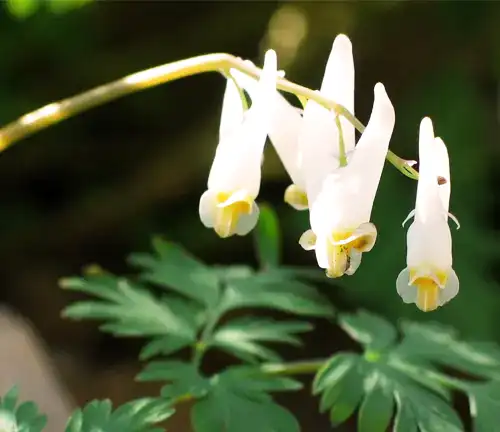
During April and May, Dutchman’s Breeches grace the forest floors with their elegant, fern-like, finely dissected leaves and clusters of dangling, white or pinkish blooms. These flowers are a favorite among wildflower enthusiasts, attracting attention not only for their quaint shape but also for their role as an early-season nectar source for pollinators, particularly bumblebees.

This wildflower is often found in rich, moist woodlands, and its charm and unique appearance make it a delightful sight for those who venture into the springtime woods of North America.
| Characteristics | Description |
| Scientific Name | Dicentra cucullaria |
| Common Name | Dutchman’s Breeches |
| Plant Type | Perennial herb |
| Habitat | Moist woodlands and rich, shaded areas |
| Blooming Season | April to May |
| Leaf Description | Finely dissected, fern-like leaves |
| Flower Description | Small, unique, upside-down, pantaloon-shaped flowers in white or pinkish hues |
| Pollinators | Attracts bumblebees and other early-season pollinators |
| Native Range | Eastern North America |
| Height | Typically 6 to 12 inches (15 to 30 cm) |
| Light Requirements | Shade to partial shade |
| Soil Type | Well-draining, humus-rich soil |
| Special Characteristics | Distinctive and charming appearance, early spring wildflower |
Botanical Beauty of “Dutchman’s Breeches”
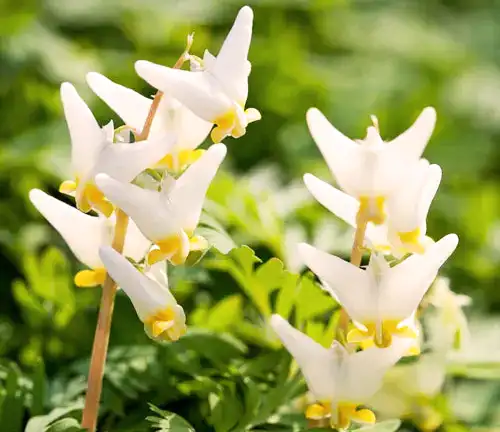
Nestled in the enchanting woodlands of eastern North America, Dutchman’s Breeches (Dicentra cucullaria) emerges as a botanical marvel that captures the hearts of all who encounter it. This captivating wildflower enchants with its distinctive, pantaloon-shaped blooms and delicate, fern-like leaves, making it a celebrated treasure of the spring season. In this article, we will delve into the fascinating world of Dutchman’s Breeches, exploring its woodland elegance, ecological importance, cultivation and conservation efforts, unique fragrance, role in soil stabilization, common uses, and the numerous benefits it brings to both nature and people.
Woodland Elegance
Dutchman’s Breeches boasts an undeniable woodland elegance that sets it apart. This perennial herb graces the forest floors during the months of April and May, presenting clusters of small, dainty flowers that appear as though a line of laundry has been hung out to dry. The finely dissected, fern-like leaves provide a delicate backdrop to the elegant blossoms, creating a mesmerizing sight that epitomizes the beauty of the natural world.
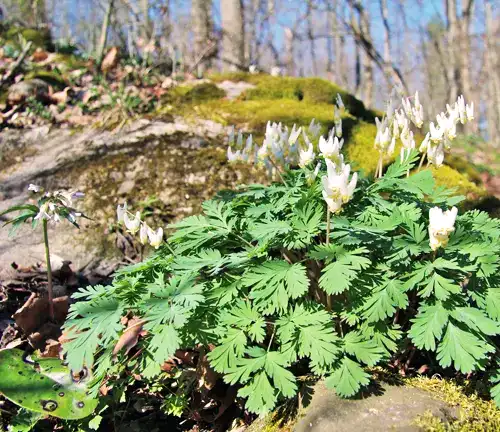
Ecological Importance
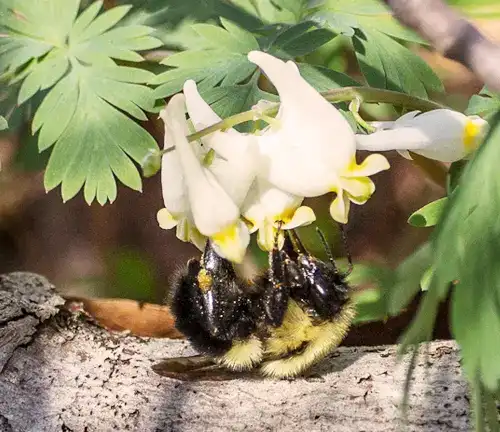
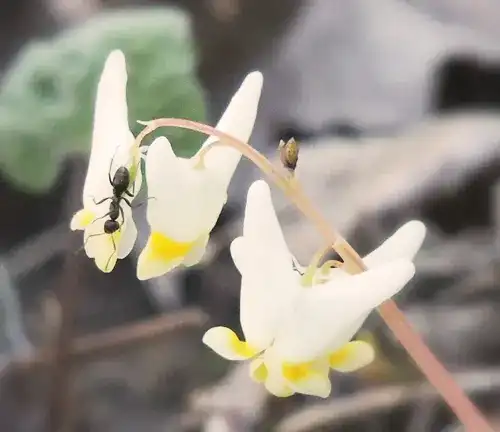
Beyond its aesthetic charm, Dutchman’s Breeches plays a crucial role in local ecosystems. As one of the early spring wildflowers, it serves as a vital nectar source for pollinators, with bumblebees being particularly fond of its blooms. By supporting these early-season pollinators, Dutchman’s Breeches contributes to the pollination of various other plants, ensuring the diversity and vitality of the forest ecosystem.
Cultivation and Conservation
Cultivating Dutchman’s Breeches in a garden setting can be a rewarding experience. However, it’s essential to do so responsibly, as this species is sensitive to habitat disruption. To conserve this woodland gem, it’s recommended to obtain plants from reputable sources and establish them in a shaded, well-draining garden with rich, humus-rich soil. Wild populations of Dutchman’s Breeches are protected in some regions to safeguard their survival.
Fragrance
One of the less-known but delightful attributes of Dutchman’s Breeches is its subtle, sweet fragrance. When in bloom, the air around these dainty flowers is filled with a mild, pleasing scent, adding an olfactory dimension to the overall sensory experience of spring in the woods.
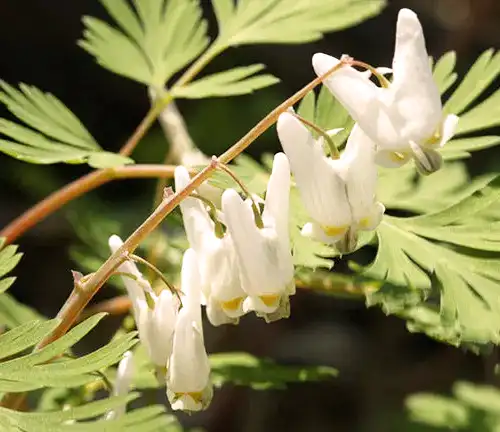
Soil Stabilization
Dutchman’s Breeches contributes to soil stabilization in forested areas. Its root systems help hold soil in place, preventing erosion and promoting the overall health of the woodland ecosystem. This function aids in maintaining the integrity of forested landscapes and ensures the longevity of these delicate ecosystems.
Common Uses
Traditionally, Dutchman’s Breeches had some medicinal uses, mainly among Native American communities. The plant was believed to have mild diuretic properties and was used for various purposes, although it’s essential to approach such uses with caution, as some parts of the plant can be toxic if ingested.
Benefits
In addition to its ecological role, Dutchman’s Breeches brings a sense of wonder and appreciation for nature to those who encounter it. Its unique appearance and early spring blossoms contribute to the overall biodiversity of North American woodlands, enriching the visual tapestry of the natural world. Moreover, it serves as a reminder of the need for responsible cultivation and conservation efforts to ensure that future generations can continue to revel in the botanical beauty of Dutchman’s Breeches.
Different Species
Squirrel Corn
(Dicentra canadensis)
Squirrel Corn closely resembles Dutchman’s Breeches in appearance, with its finely divided leaves and unique, pantaloon-shaped flowers. It is also native to eastern North America and often found in similar woodland habitats.

Pacific Bleeding Heart
(Dicentra formosa)
This species, native to the western United States and parts of Canada, features distinct, arching stems bearing heart-shaped pink or white flowers. Pacific Bleeding Heart is a popular ornamental plant in gardens and landscapes.
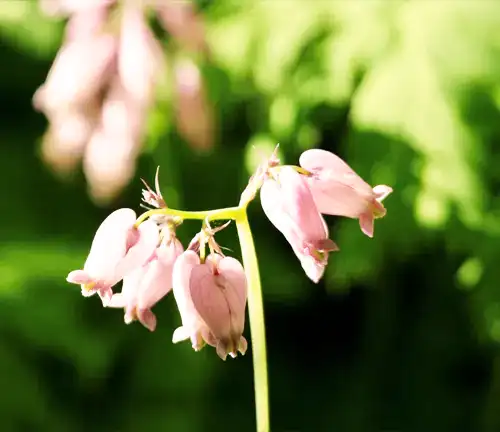
Fringed Bleeding Heart
(Dicentra eximia)
This species is another ornamental favorite, known for its fern-like foliage and clusters of pink, fringed, heart-shaped flowers. It’s native to eastern North America and is commonly cultivated for its garden appeal.
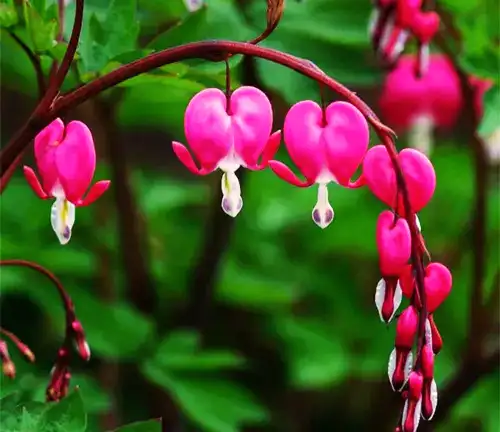
Turkey Corn
(Dicentra canadensis)
Turkey Corn is a close relative of Dutchman’s Breeches, sharing similar habitat and appearance. Its unique name reflects its appearance, as the flowers resemble grains of corn. It’s native to eastern North America.
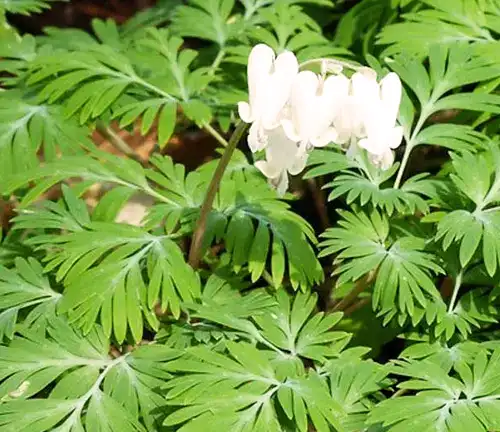
Frequently Asked Questions (FAQs)
1. What is Dutchman’s Breeches (Dicentra cucullaria)?
Dutchman’s Breeches is a perennial wildflower native to eastern North America. It is known for its distinctive, upside-down, pantaloon-shaped white or pinkish flowers that resemble a line of laundry hung out to dry.
2. Where can I find Dutchman’s Breeches in the wild?
Dutchman’s Breeches can be found in rich, moist woodlands, and shaded areas throughout its native range, primarily in eastern North America.
3. When does Dutchman’s Breeches bloom?
Dutchman’s Breeches typically blooms in early spring, usually during April and May. Its appearance is one of the first signs of spring in woodland areas.
4. What is the ecological importance of Dutchman’s Breeches?
Dutchman’s Breeches serves as an early-season nectar source for pollinators, particularly bumblebees, contributing to the pollination of various plants and the overall health of woodland ecosystems.
5. Can I cultivate Dutchman’s Breeches in my garden?
Dutchman’s Breeches can be cultivated in shaded gardens with well-draining, humus-rich soil. However, responsible cultivation is encouraged, and obtaining plants from reputable sources is recommended to protect wild populations.
6. Does Dutchman’s Breeches have a fragrance?
Yes, Dutchman’s Breeches emits a subtle, sweet fragrance when in bloom, adding to its overall appeal in the garden and natural setting.
7. What is the role of Dutchman’s Breeches in soil stabilization?
Dutchman’s Breeches contributes to soil stabilization in woodland areas, helping prevent erosion by anchoring the soil with its root systems. This aids in maintaining the integrity of forested landscapes.
8. Are there any traditional or common uses of Dutchman’s Breeches for medicinal or other purposes?Dutchman’s Breeches have limited historical uses in herbal medicine, primarily among Native American communities. However, some parts of the plant can be toxic if ingested, so caution is advised when considering any use.
9. What are the benefits of Dutchman’s Breeches in natural ecosystems and gardening?
Dutchman’s Breeches enriches woodland ecosystems by providing early-season nectar for pollinators and adds a unique and charming aesthetic to garden landscapes, reminding us of the need for conservation and responsible cultivation.
10. How can I learn more about Dutchman’s Breeches and its conservation status?
To learn more about Dutchman’s Breeches and support its conservation, resources such as local botanical gardens, native plant societies, and environmental organizations can provide valuable information and opportunities for involvement.


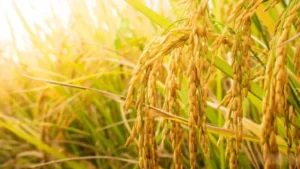
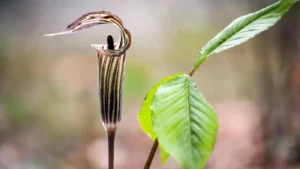

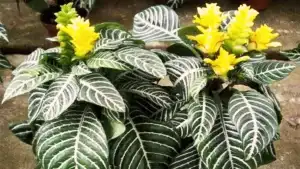
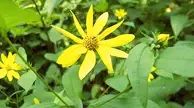


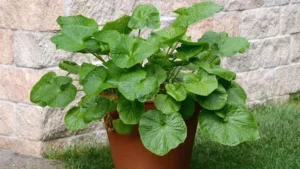


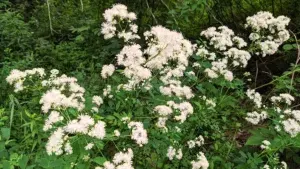
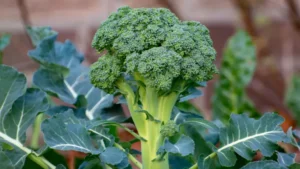
Leave your comment